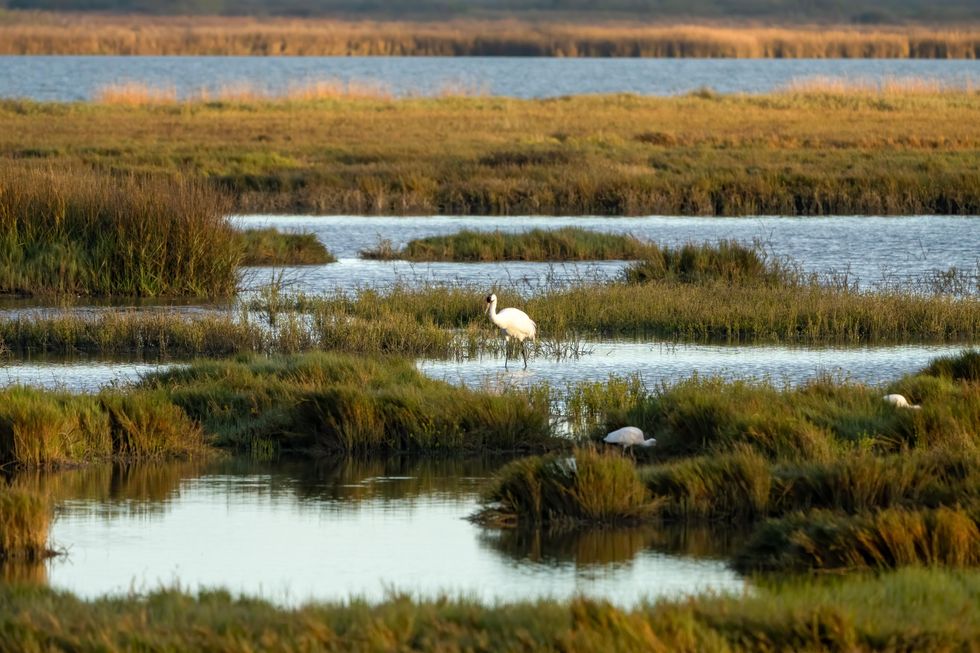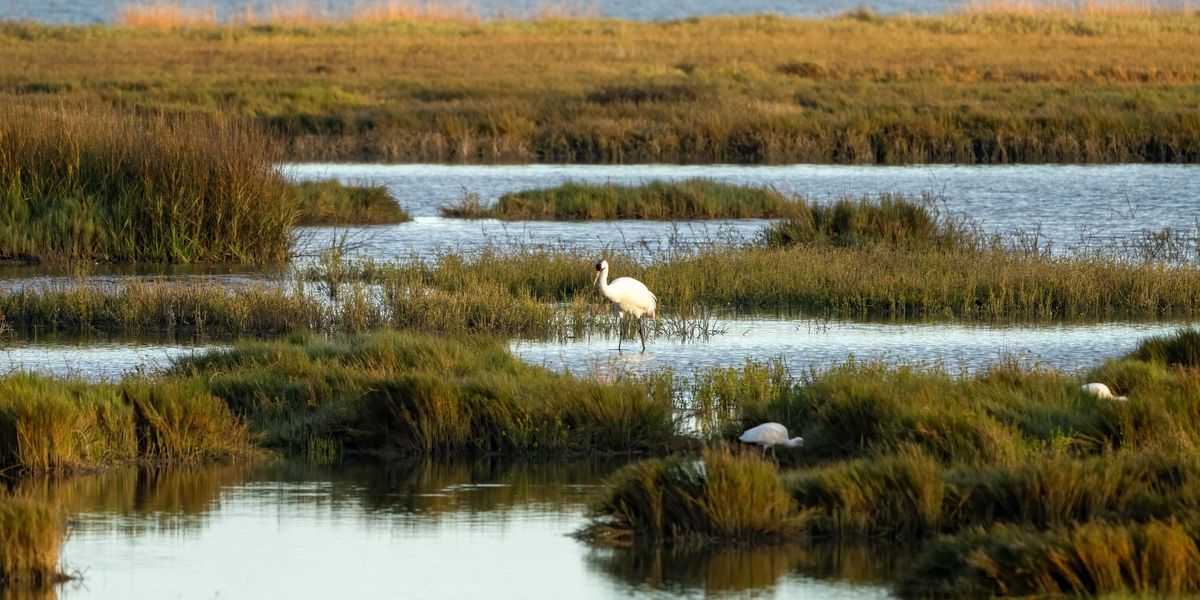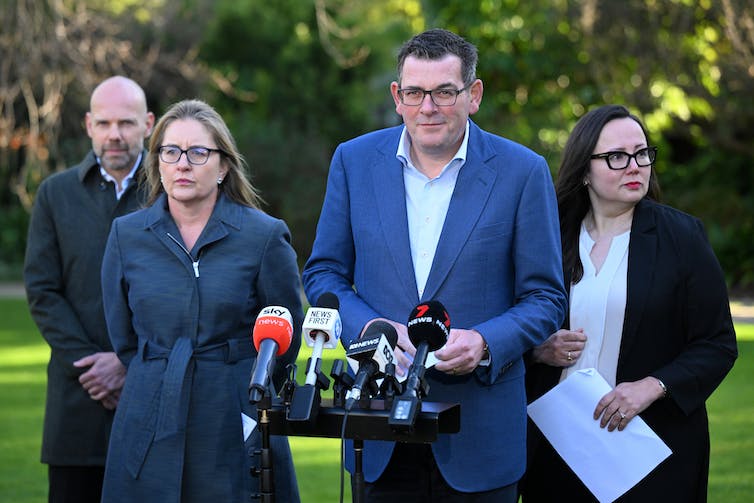
Clean water advocates on Friday applauded the Biden administration for
“resoundingly” rejecting the gutted regulatory framework left by former President Donald Trump as the Environmental Protection Agency finalized a rule restoring many water protections.
Under the new regulations, the EPA will define “waters of the United States” that are protected under the Clean Water Act as “traditional navigable waters, the territorial seas, interstate waters, as well as upstream water resources that significantly affect those waters.”
“Small streams help provide drinking water to millions of Americans. Wetlands filter out pollutants, provide vital wildlife habitat, and protect our communities from flooding in a climate-changed world.”
The rule does not go as far as former President Barack Obama’s administration went in protecting bodies of water including ephemeral streams and ponds, but they will restore protections for millions of marshes and other waterways that were stripped of safeguards by the Trump administration.
The Southern Environmental Law Center (SELC), which
warned in 2020 that former President Donald Trump’s rule would put “drinking water for millions of Americans at risk of contamination from unregulated pollution,” called the restored regulations “a major step forward.”
“As a result of our efforts, Lake Keowee in South Carolina, which provides drinking water for 400,000 people, will remain a pristine body of water,” said Kelly Moser, a senior attorney at SELC. “More than 200 wetland acres adjacent to the Savannah River National Wildlife Refuge in South Carolina will again have protections against development. And that’s just to name a couple of the many Southern waterways that will be cleaner thanks to the restored legal protections.”
The rule was announced two days before the new year in which the U.S. Supreme Court is expected to rule on Sackett v. Environmental Protection Agency, a case involving a couple in Idaho who sued the EPA after the agency ordered them to stop a construction project because the property where they were building included a federally protected wetland. The Supreme Court heard oral arguments in the case over the summer.
Kevin S. Minoli, a former EPA counsel, toldThe New York Times that the Biden administration could have “more room to interpret” the court’s expected decision now that it has issued its own rule regarding which waters must be protected by the federal government.
“If the Supreme Court goes first, then the agency can’t finalize a rule that goes beyond it,” Minoli told the Times.
The impending decision ensured that the EPA “could not deliver fully” on the “promise” of the Clean Water Act, said John Rumpler, senior clean water campaigns director for Environment America Research and Policy Center, as “an extreme challenge to the Clean Water Act at the Supreme Court hangs like a sword of Damocles over the agency’s head.”
“The EPA’s new rule makes progress by restoring federal protections to at least some waterways,” he said. “It officially cleans up the Trump administration’s Dirty Water Rule, which wiped out federal protections for thousands of waterways and nearly half of all wetlands across the country.”
“But securing the promise of the Clean Water Act requires us to protect all our streams and remaining wetlands from polluters,” Rumpler added. “Small streams help provide drinking water to millions of Americans. Wetlands filter out pollutants, provide vital wildlife habitat, and protect our communities from flooding in a climate-changed world.”
“We will not rest,” said Rumpler, “until we counter that looming threat and all of America’s waterways get the protection they deserve.”




